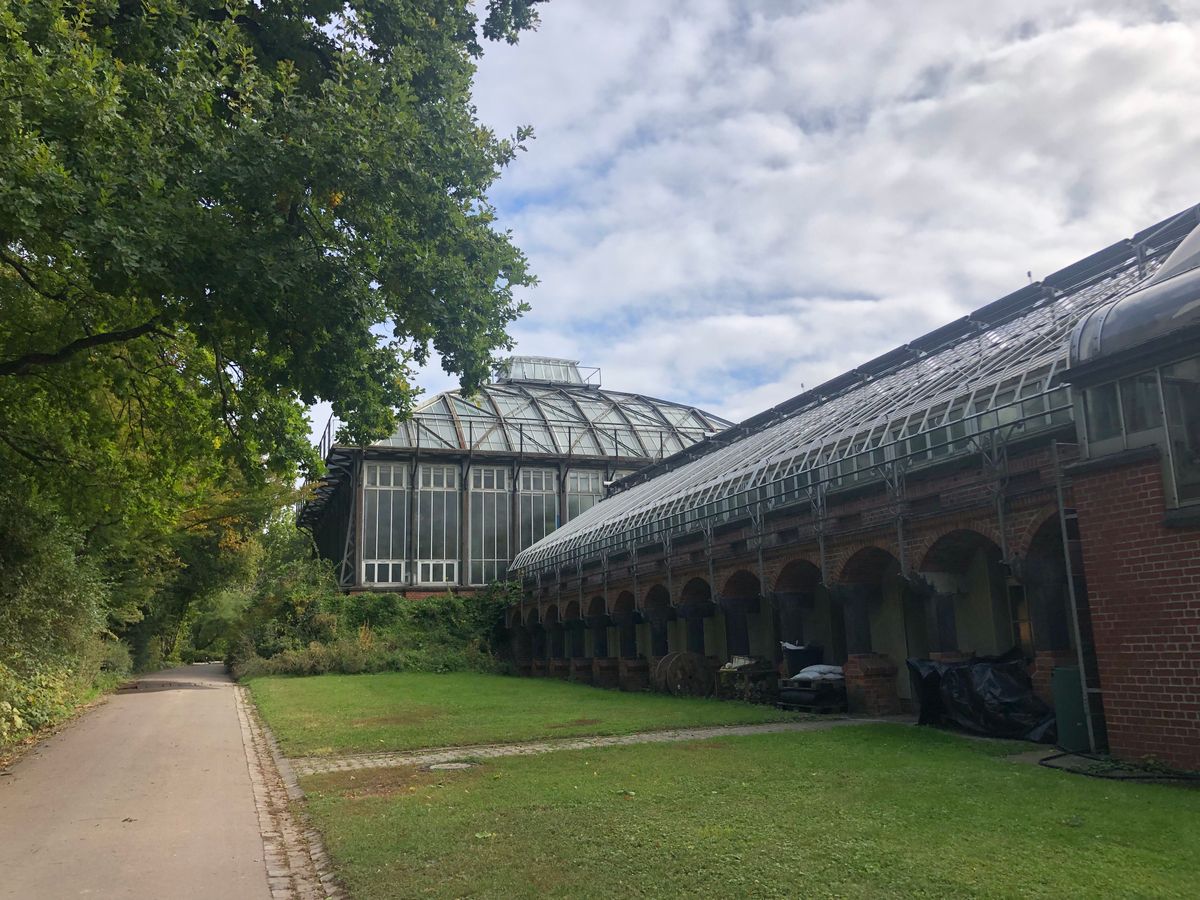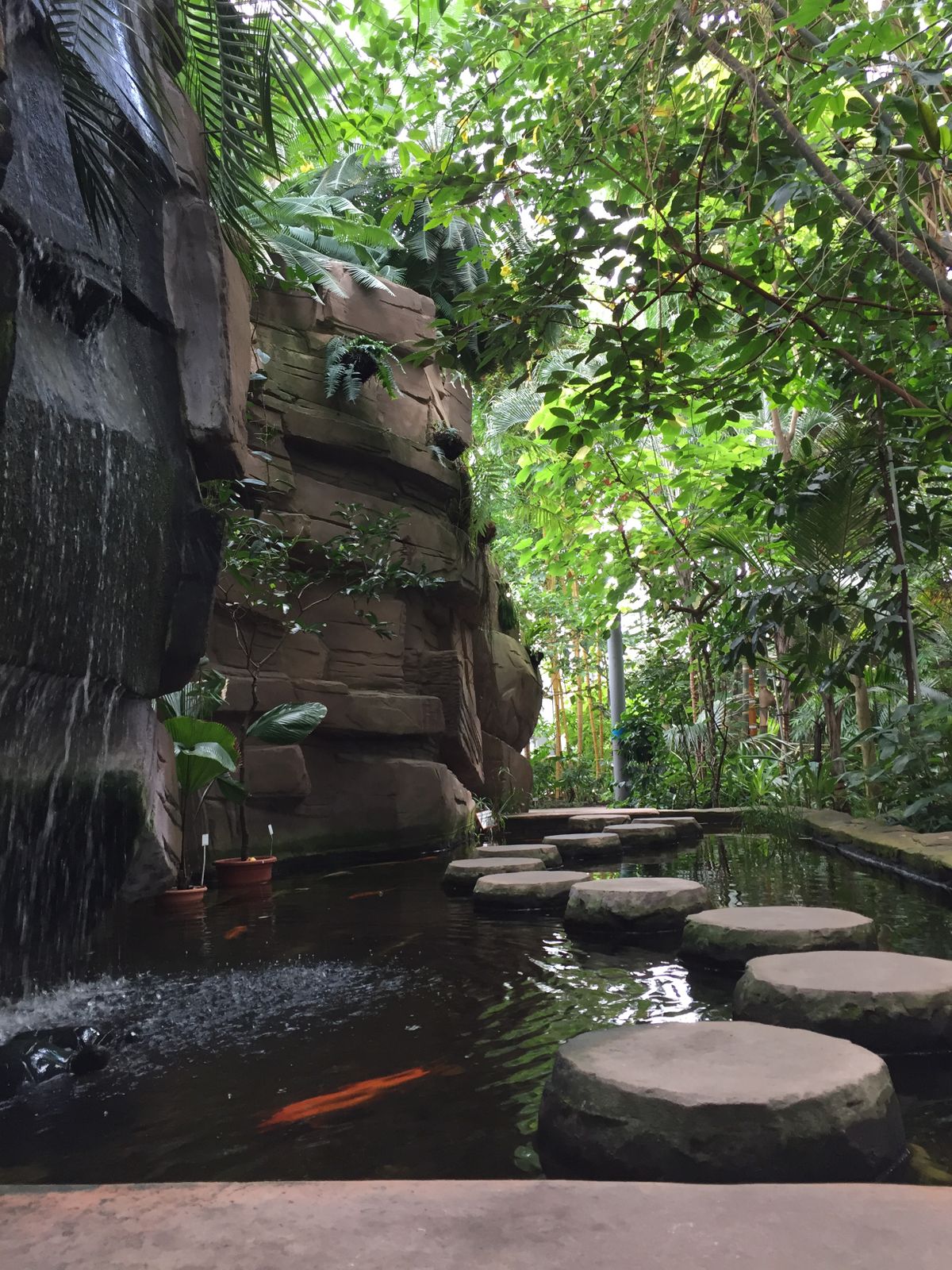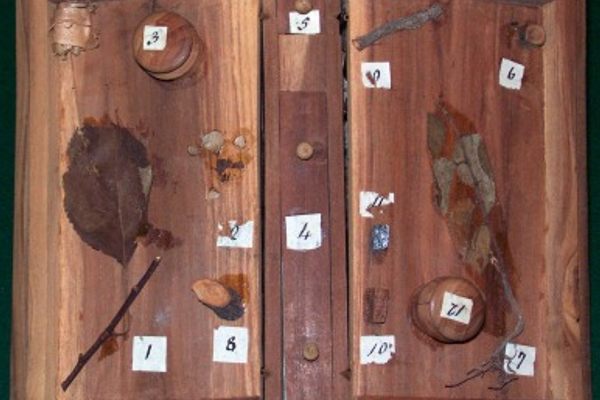About
Established as a kitchen garden in 1679, the Botanical Garden in Berlin is the second largest botanical garden in the world, second only to Kew Gardens, located in England.
The garden evolved from a kitchen garden growing vegetables and hops for beer brewing to a “considerable plant assemblage,” and in 1879 the Royal Botanical Museum was founded, encompassing every area of botany.
The sheer size of the gardens and the lush density of the plant life is overwhelming, especially when taking into account that so many of these plants are endangered in their natural habitats. What grows strong and vibrant in this collection is often threatened with extinction elsewhere. This assembly of gardens, sixteen greenhouses, and landscapes exhibit a microcosm of nature's diversity, home to flowering vines, rock cliff waterfalls, timber bamboo reaching to the sky, and a carpet of ferns, orchids, and bromeliads at your feet.
The Victoria House delivers a proper tropical environment with sweltering humidity that the orchids and lilies love, a bamboo bridge that transports you over the basin and into an exotic plant paradise.
With 43 hectares and close to 22,000 plant species, one visit won't even come close to allowing you to see everything. Make sure you make the most of your day there and don't miss the Great Pavillion, which at 20 meters high and 30x60 meters in floor area is the largest glasshouse in the world.
Other must-see displays include the giant water lilies, carnivorous plant specimens, and a small cemetery, located to the left of the greenhouse complex when coming from access at the Königin-Luise-Platz. Keep a lookout for the sarcophagus of Friedrich Althoff, a university tutor deceased in 1908, which consists of a dolorous female figure meant to represent science in mourning.
Also of interest, but currently not open to the public (or anyone for that matter) is a series of tunnels built near the Botanical Gardens in WWII. Entrance to the bunker was through two tunnels leading from the farm of the botanical garden. Built for the SS to house personnel and files during air raids, after the war the entrances were blown up, and the tunnels now serve as a winter roost for bats.
Related Tags
Published
March 4, 2012
































































